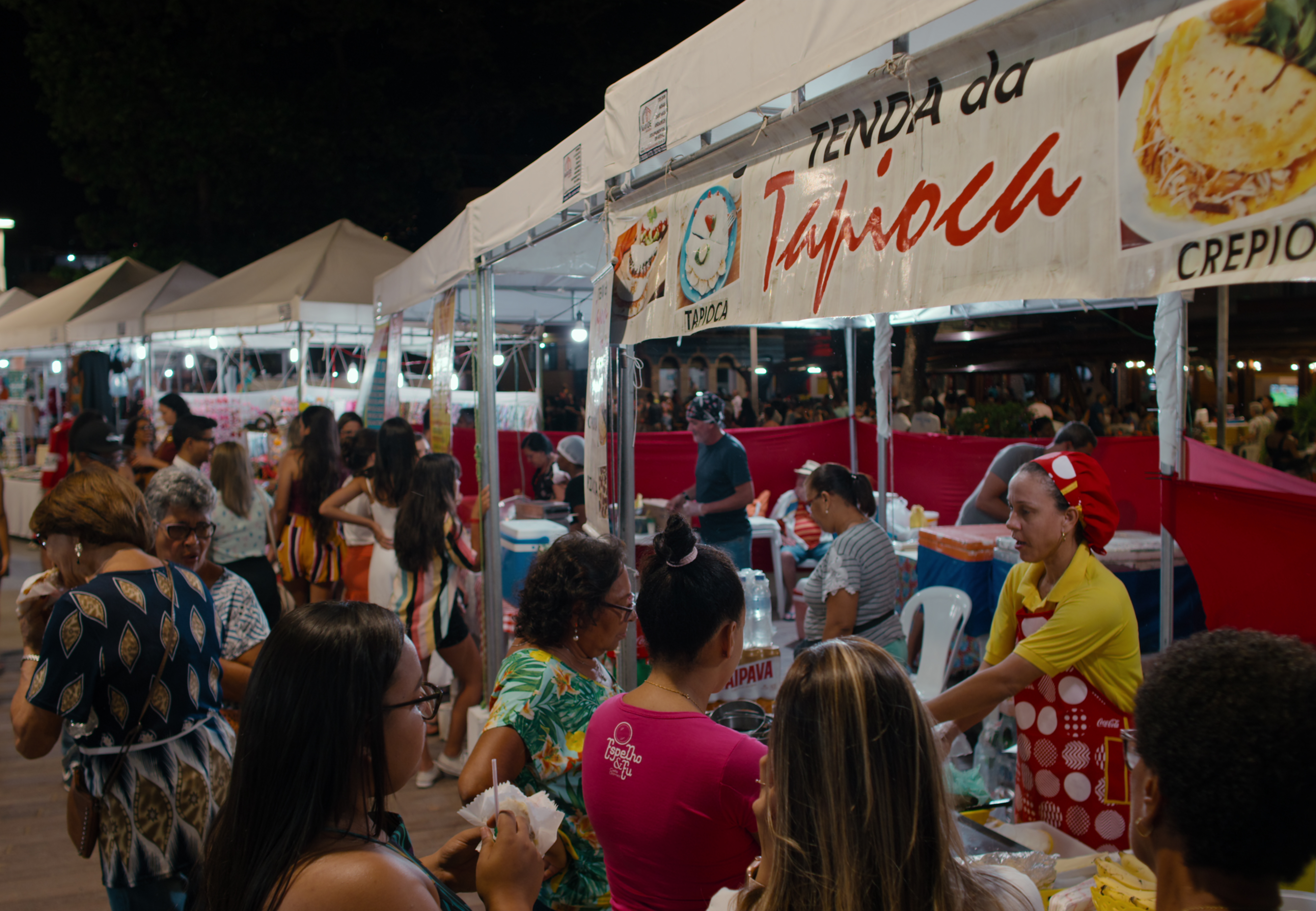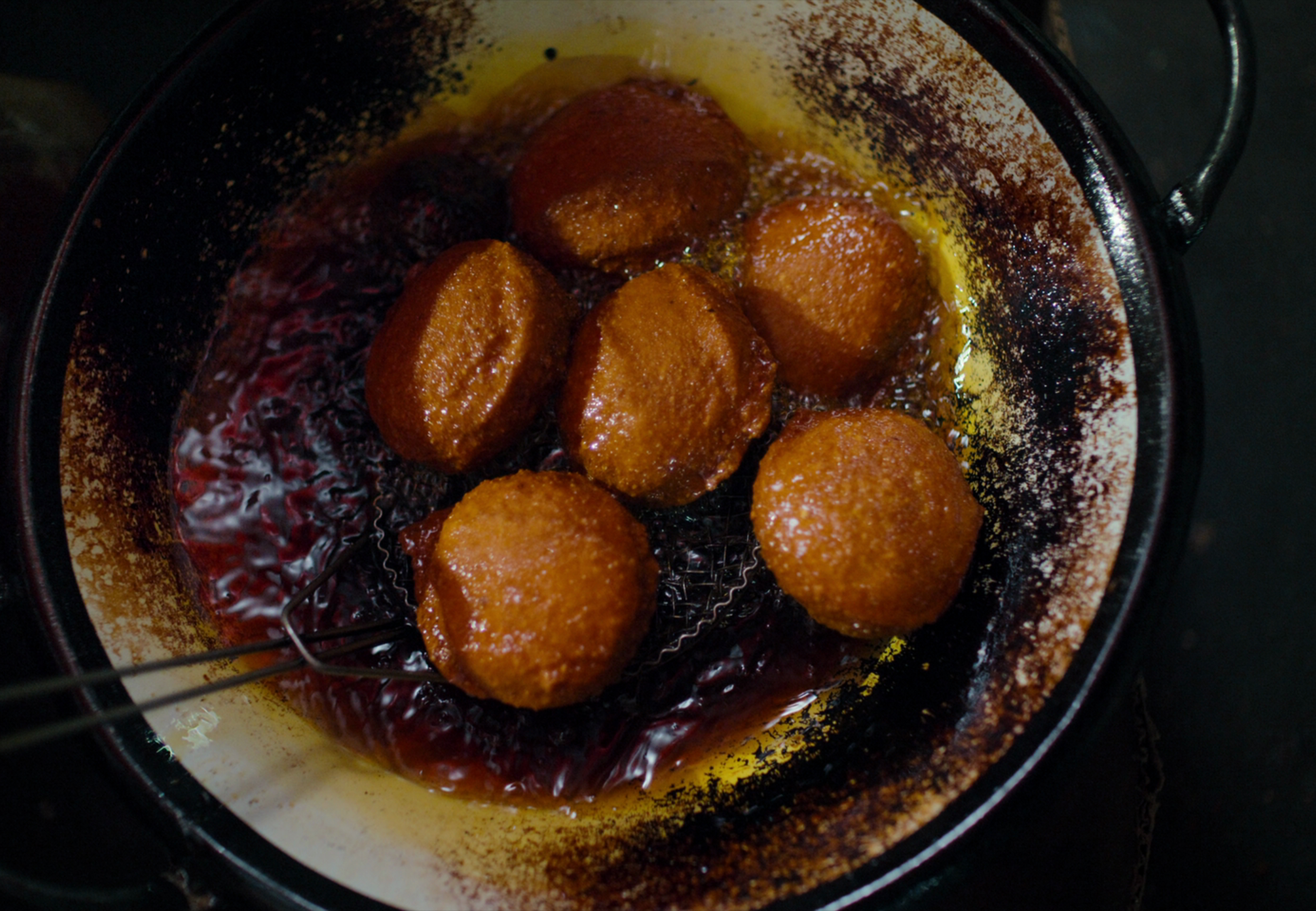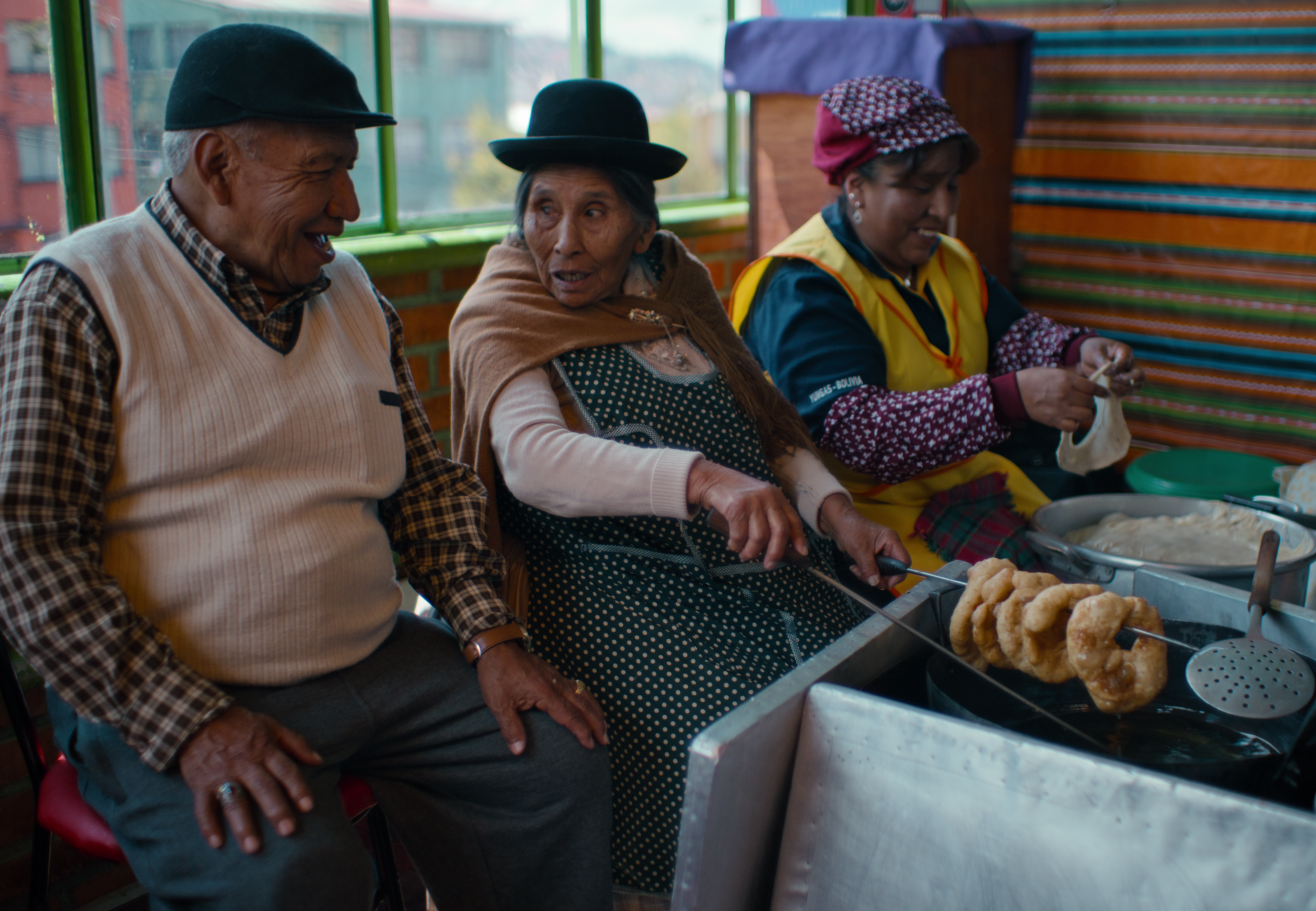From Tijuana to the tip of Patagonia, Latin America runs on street food. It is a staple of life throughout the region, with its diverse flavors and fresh aromas emanating from stands full of characters.
Making its debut this week, the Netflix original documentary series Street Food: Latin America focuses its lens on the appetizing life of six cities from across the Americas, each with unique influences and passionate people keeping their hometown culinary traditions alive. Each city tour focuses on a standout culinary figure with a supporting cast of other street chefs, all linked by tradition and common struggles.
Created by David Gelb of “Jiro Dreams of Sushi” fame, the show is beautifully composed and packed with food porn. Much like the 2011 breakout documentary, it focuses on the origin stories of the featured cooks and how each chosen plate changed their lives.

In the feature on La Paz, Bolivia we see how street food offers a way for Cholitas, as the Quechua and Aymara women of the region are called, to empower themselves as entrepreneurs and providers for their families. It wasn’t too long ago when these women were openly harassed by residents and law enforcement. However, these women are now celebrated as keepers of Bolivian food, and are respected and embraced by their neighbors and local institutions in the process.
We see the struggles and successes of the Cholitas through Emiliana Condori, who manages a group of street vendors known throughout La Paz for having the best rellenos de papa ( meat-stuffed potatoes). Through her testimony, we hear how her family married her off to an older man and had to find ways to feed her daughter. Cooking was her way of finding stability, but she had to fight for her rights and confront those who regularly tore down her stands to get to where she is today.
Another postcard from Bolivia’s capital shows Cristina Zurita, an Indigenous woman who has specialized in the sandwich de Cholita—popularized by its namesake, the pork sandwich is topped with escabeche and a special sauce. Despite her 57 years in the business, she speaks of the joy she still feels watching regulars bite into each sandwich she makes. Constantina Velazco and Carlos Suaznabar, a couple who have specialized in the regional take on fried bunuelos for 50 years, share how they started with nothing and built up a restaurant specializing in the fried dough disks, meanwhile a local cinnamon ice cream vendor speaks of how climate change and the passing of time has affected the way in which this treat is crafted and enjoyed.

Other episodes dig deep into the patterns of migration which shaped each city’s food culture. The episode highlighting Salvador—in Bahia,Brazil—dives into its rich African heritage and the impact it has had on the region’s dishes. A varied group of local cooks and experts speak of the importance of Candomblé—a religion drawing from Catholic rites and African religious practices—as a driver in preserving food and social customs in Bahia. Similarly, the series’ tour of Bogota, Colombia shows how many cuisines from coastal and country provinces came together at one of the city’s most popular public markets. Each cook featured in the episode speaks of the push and pull factors that took them to the Plaza Mercado La Perseverancia in Colombia’s capital.
Of course, being a food-centric show, mouthwatering shots of each dish are a must. The series opens in Buenos Aires, Argentina with featured cook Pato Rodriguez pulling a slice of her tortilla espanola rellena, with steaming elastic bands of cheese stretching from the baked dish to each plate, and the show does not let up with the visual stimuli. Episode three takes the viewer to Oaxaca, Mexico where the regional cuisine is celebrated in its earthy glory with close-ups of chile guajillo sauce and asientos being rubbed on blue corn tlayudas. In Lima, Peru, the local combinado plate is assembled as fresh fish is filleted into ceviche and fried calamari bubbles in slow motion.
While this might not be the time to hop on a plane to Mexico and South America, the show is a welcome escape from our ongoing quarantine and months of eating the same meals at home. Full of captivating characters and salivating sequences, Street Food: Latin America’s arrival could not have come at a better time.
Street Food: Latin America is now streaming on Netflix.








